My thoughts on Perú. 🇵🇪
My second time in the very underrated Perú. I'll share my honest recommendations, geoarbitrage tips, a story or two, and a breakdown of my costs.
Perú can either be extremely ugly or very beautiful.
During the colonial period, the Viceroyalty of Peru, based out of Lima was one of the wealthiest and most important regions of the Spanish Empire, due to its vast natural resources, including silver and gold mines, as well as its strategic location for trade.
Lima today is the official capital and a megacity with a population of 10 million. It is a blend of some of the ugliest and most beautiful architecture I've ever seen.
Ugly, unfortunately, is the modern-day typical Peruvian architecture, characterised by incomplete-looking concrete buildings with reinforcement bars hanging out from the top of every structure.
Beautiful, on the other hand, is the colonial and architectural heritage. Also, a couple of modern barrios (neighbourhoods) that stand out for their quality of life, which I consider among the highest I’ve seen in Latin America. A good thing about these two barrios is that they’re affordable.
Lima even rivals socialist-stricken Buenos Aires, especially in imported goods. I had a field day loading up on Patagonia brand hiking gear without having to sell a little finger, as I would if I wanted the socialist equivalent brand called Montagne in Argentina.
Montagne is priced in Argentina as if it's the Hugo Boss of the hiking world, it ain’t, but those Argentine socialist politicians had to pay for their second house in Madrid somehow.
Libertarian and current president Javier Milei will fix this - viva la libertad , carajo!
Anyway, this article is about Perú, I’ll get back to writing about Argentina now I’m back in my Buenos Aires apartment.
Arequipa, the unofficial capital city of 1.2 million has become one of my favourite cities in Latin America.
It’s great for;
Remote workers.
Latin American history enthusiasts.
Food connoisseurs - steak & fresh grass-fed local produce.
Backpackers.
Hiking/trekking fan - for all levels.
Enjoyer of literally the most perfect weather at a pleasant altitude.
In this article, I want to go through my recommendations after my second visit to the country with a focus on Arequipa - a city I could spend months in for deep work. I'll provide geoarbitrage tips, share a story or two and show the exact costs of a trip like this for me.
In total, in Perú, I've visited and spent considerable time in the following cities:
Cusco (flooded with tourists, but great)
Trujillo (third-largest city, a shithole)
Huaraz (shithole city with a couple of great cafes but world-class hiking)
Arequipa (purpose of this article)
Lima (great city)
First off some quick commentary on Lima.
Lima (10 million people megacity).
The two barrios offering the highest quality of life I’ve seen in Latin America are Miraflores and Barranco.
Don’t bother staying anywhere else in Lima, look for Airbnbs in these two, which you can find for $900-2000 USD per month, with ocean views.
However, the ocean views are not good for 8-9 months per year due to the Humboldt Current effect on the climate, which brings in a thick, humid-cold fog and downright miserable weather during that time - even though you’re basically on the Equator and should be surrounded by palm trees and coconuts.
Temperatures generally range from around 15°C to 22°C (59°F to 72°F) throughout the year, just either with or without fog. But the sunny days are perfect, and we luckily got a few in while having a decent surf!
To top it off for this Tasmania who grew up drinking and eating (the world’s) freshest dairy, there are gringo supermarkets with the best produce I’ve seen in Latin America in these barrios, including, wait for it, fresh milk ($1.10 p/L) - a delicacy for me and anyone who has spent the last 18 months in Buenos Aires.
Lower taxes on imported goods make Perú a great place to shop (compared to Argentina). Right in the heart of Miraflores is an amazing shopping centre (Larcomar) with everything I've missed out on in Argentina (until Milei fixes that situation).
On the way out of Lima, unfortunately, and possibly from surfing in dirty water, I ended up catching a nasty virus (my mate
as well, but not to my level). A lot of disappointment followed as we tried (unsuccessfully) to hike the 9-day HuayHuash circuit, which is one of the world's best hikes. We ended up walking out, feeling very average and defeated, after just 2 days.What was even more worrisome was that I was so sick that the local Peruvian doctor put me on ciprofloxacin, a very strong antibiotic that comes with a ton of worrying side effects.
I didn’t realise these side effects until after taking a full course, and an Australian doctor contact told me to “get better and then throw them in the damn bin ASAP.”
So, if you’re ever in Latin America and the bloody doctor prescribes you kryptonite (ciprofloxacin antibiotics) swap it out for an alternative - I’m not going to recommend one because I’m not a doctor - but be very cautious.
I'm all G now! Moving on to the positives of the trip, which was a very welcomed time and no shit, this place is now one of my favourite cities in Latin America.
Arequipa (1.2 million people).
Easily my favourite city in Peru. Located in the southern Andes of Peru, at 2,335m or 7,661ft, it’s at a pleasant altitude compared to the likes of Cusco, which is just too damn high for staying long-term at 3,400m or 11,200ft, in my opinion.
Arequipa has the most perfect weather for 9-10 months per year. During the day, temperatures range from 18°C to 25°C (64°F to 77°F) throughout the year. At night, temperatures can drop to around 5°C to 10°C (41°F to 50°F).
But, throw 300 sunshine days in per year with those temperatures and I hope it sets the scene for what is to come.
Arequipa is known as the "White City" due to a tonne of colonial-era buildings constructed from sillar, a white volcanic stone over 483 years.
Located at the foot of the Misti Volcano, it’s Peru's second-largest city and a major commercial hub.
The city's historic centre, a UNESCO World Heritage Site, features epic baroque churches, monasteries, and mansions. Arequipa is also renowned for its culinary scene - it rivals Lima and Lima’s culinary scene is considered world-class.
Many wealthy Basque Spanish immigrants settled in the colonial period, and this is evident as soon as you step out of the beautiful historic centre. You immediately see the typical Peruvian architecture, characterised by concrete buildings with reinforcement bars protruding from the top of every structure.
The Basque people, known for their strong entrepreneurial spirit, often played significant roles in the economic and social development of the regions where they settled.
I had some strikingly strange conversations with local very European-looking Arequipeños who considered themselves non-Peruvians. When they heard my Argentine Castellano accent, they were quick to tell me about their affection for Argentina - this part I enjoyed.
Also, for those of you interested in mining (me), Cerro Verde Mine, the third biggest copper resource in the world, is located 20 kilometres from the city. You certainly see and hear about the influence and the resulting improved quality of life for locals.
What to do?
Hiking/trekking:
I prefer to do it solo; I hate groups and like to move at my own pace. But sometimes, you have to go with the flow, especially for the volcanoes.
I’m a geology nerd, so I’m going to list the volcanoes close to the city that offer incredible views, adding to the city's attractions:
Ampato Volcano: 6,288 meters (20,630 feet) - dormant
Pichu Pichu Volcano: 5,664 meters (18,583 feet) - dormant
Chachani Volcano: 6,057 meters (19,872 feet) - dormant
Misti Volcano: 5,822 meters (19,101 feet) - active
Many local businesses in town offer 1-2 night group tours to these volcanoes.
Unfortunately for me, I had bronchitis at this stage and was unable to attempt anything too difficult.
But, luckily I was healthy enough to do Colca Canyon.
Colca Canyon is the second deepest canyon in the world. It is approximately 3,270 meters (10,730 feet) deep at its deepest point, making it more than twice as deep as the Grand Canyon in the US. It’s damn epic, it has terraced agriculture dating back to pre-Inca times, and the Andean condors soaring above.
We did a one-night trip by ourselves, which consisted of a long 5-hour bus from Arequipa followed by a 7-hour hike from the top of the canyon to the bottom - a called Sangalle.
Once we got down to the bottom of the canyon, there was a tonne of fresh produce in the towns, fresh avocados for $0.10, and alpaca stew with fresh potatoes (there are 4,000 different varieties of potatoes grown in Perú).
I love that kind of stuff when I'm travelling. The local cheese (Queso de Colca) is insanely tasty; we kept eating it every chance we had.
The next day involved a hike out of the canyon, with a 1000m (3,200ft) elevation gain. Despite dealing with the aftermath of bronchitis and taking kryptonite pills, we managed to complete the hike in only about 3 hours. We then went to some Andean hot springs on the bus ride back to soothe our legs before travelling all the way back to Arequipa.
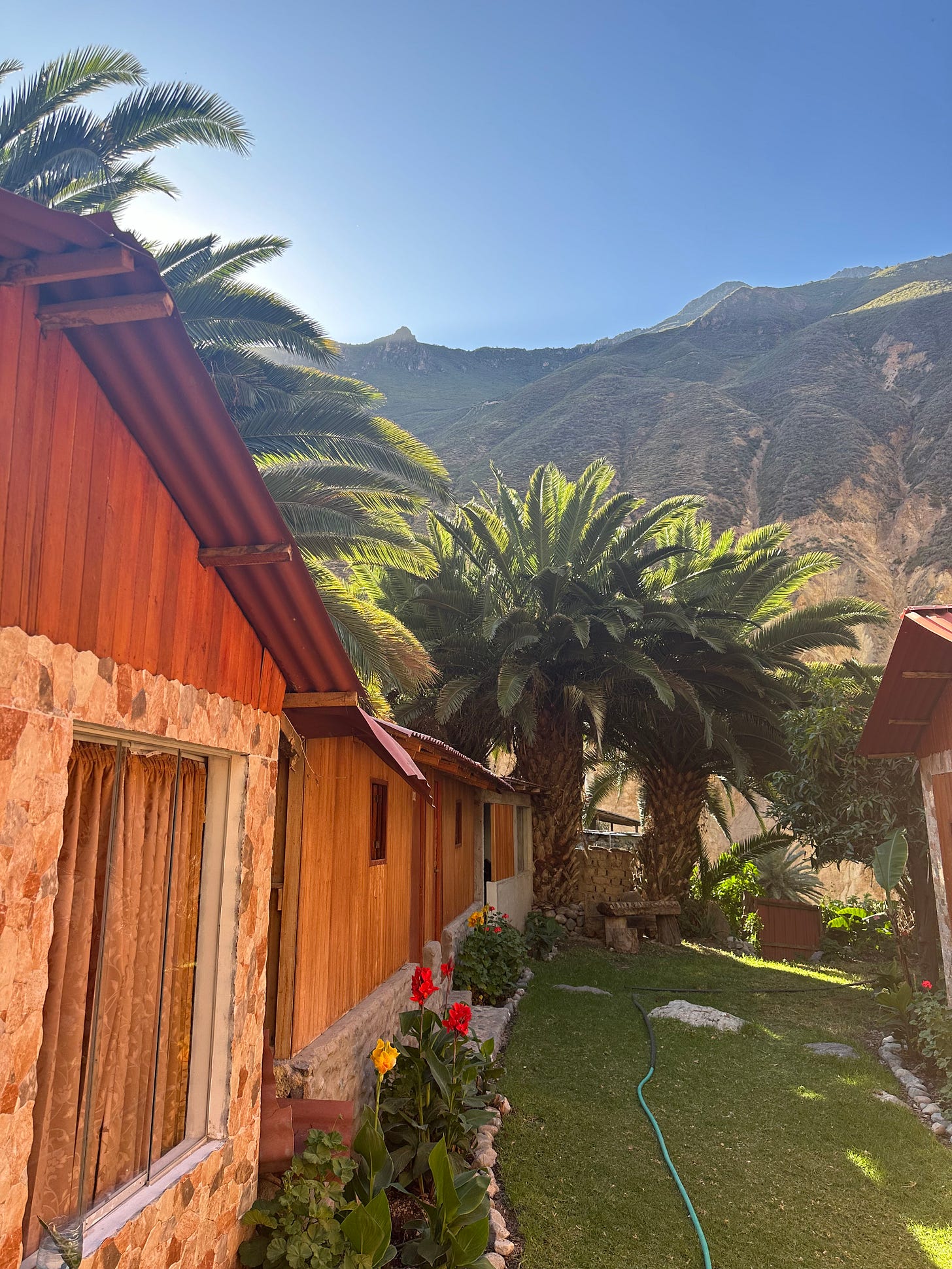
Restaurants and cafes:
Now, this, in my view, sets Arequipa apart from many places I’ve travelled to in Latin America.
All of these places are in the historical centre part of Arequipa, which is entirely walkable.
Zig Zag Restaurant: A top 3 restaurant in Latin America for me.
Nothing better than fresh grass-fed sourced local produce - which is the only ingredient they serve.
A three-course meal with a bottle of Chilean wine costs $40-45 USD.
Latin America is unbeatable for this.
The next best restaurant:
Damn, incredible - but different - fresh local organic pizza and wine.
This place was great and it’s downright beautiful.
A pizza costs $10 USD, enough said.
Cafes & where to work from:
Two absolute belters come to mind, with fast wifi and great for spending the entire day, where you can get Australian quality coffee, breakfast, and lunch for only $15-20 USD.
They are Republica Cafe and KaffeeHaus Cafe.
My number one was called Republica Cafe.
Selina - Arequipa:
I got a one-week pass for $40 USD to come in here for some videos I wanted to record for you, also it’s damn beautiful here with a pool and garden area to enjoy that Areuipan 300 days per year sunshine.
A great travel hack for remote workers is to avoid staying at Selina (it's too expensive) and instead book an Airbnb nearby. You can then pay for the co-working facilities, which are reasonably priced. This allows you to attend the events they host, especially if you're travelling solo and want to meet new people.
There are always beautiful women around, and you can sometimes meet interesting people, although I find that many people here are a bit too woke for my liking - lots of loud Californian democrats with tech jobs!
Partying/bars:
The main bar and liveliest street in the historic centre is called Calle San Francisco. There are plenty of bars and even clubs where you could get yourself into all sorts of fun trouble.
Just take a walk through that street, and you’ll see what I mean. It’s full of vibes, with lots of Europeans, Americans, and European-looking Arequipeños all out and having a good time.
Museum:
Museo Histórico Municipal Guillermo Zegarra Meneses - $8 USD entry.
I love museums, and this is one of the best ones I’ve been to in Latin America! It’s an old Spanish aristocratic mansion and has a ton of European colonial relics and art.
The photos below are for the Argentine fans:
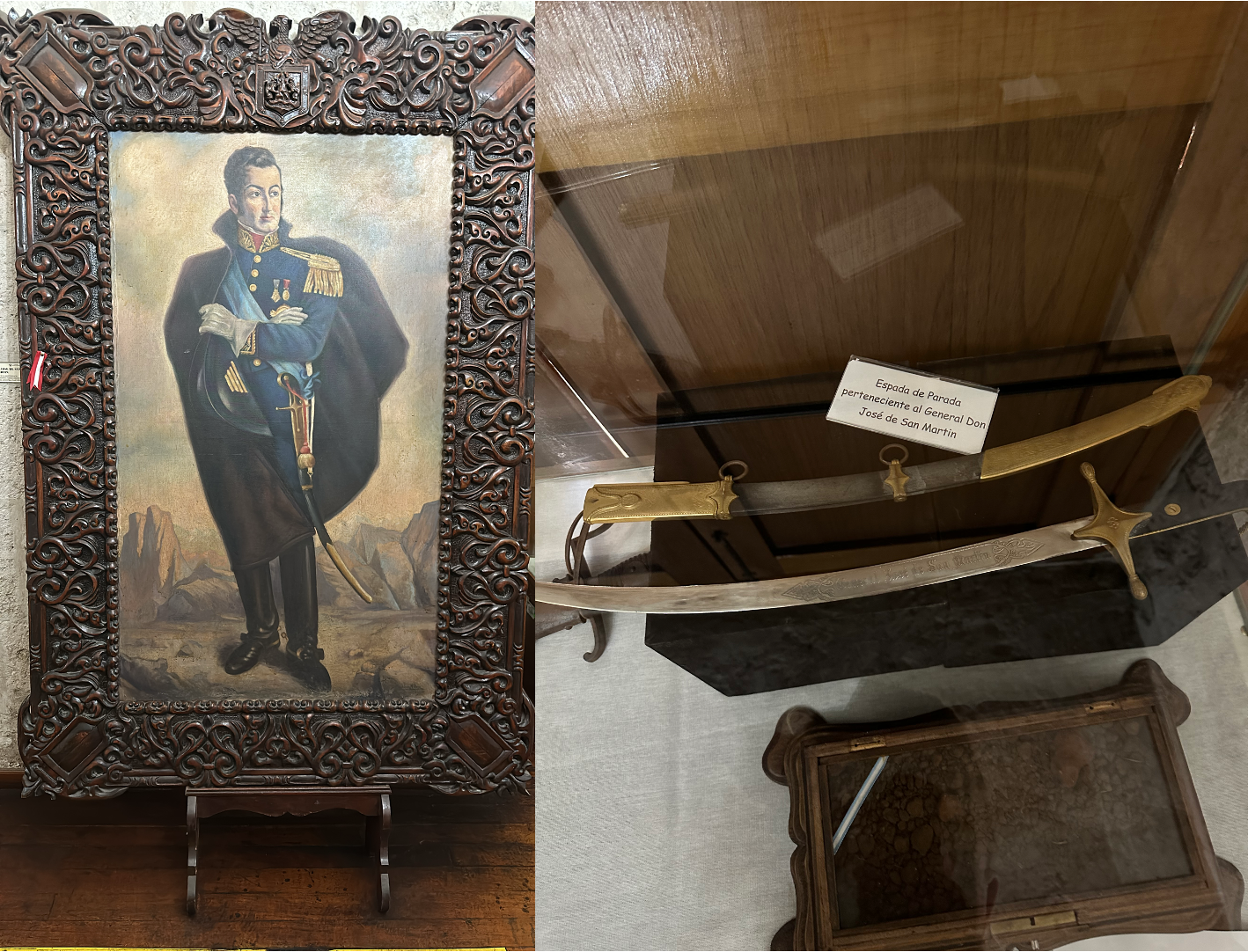
Airbnb:
Only stay in the historical centre - close to Plaza de Armas.
Here is the listing of the Airbnb we stayed in - perfect for you and your mate or you and your girl.
Another Latin American geoarbitrage win:
I paid $400 USD for two queen-sized beds in a big apartment.
Excellent wifi, kitchen and workspace.
A tip with Airbnb is to try and get weekly or monthly long-term discounts which automatically get applied to the price when booking on those timeframes.
Costs & Geoarbitrage.
Okay, let’s break all the costs involved with this trip.
One of the biggest cost savers is to use the multiRed ATMs in Perú to withdraw cash (Peruvian Soles).
Current exchange rate is $1 USD = ~$3.8 SOL.
If you use the big Latin American banks such as Santander, BBVB or any other ATM you will likely pay ~$10-15 USD more in fees per withdrawal.
Peru is still very much cash-only in many places, so these extra fees can seriously add up!
Flights:
Buenos Aires (AEP always) - Lima: $510 return on Aerolinas Argentinas.
Lima - Arequipa, 90 minutes, $100 return on LatAm Airline.
Accomodation:
Airbnb = $400.
Split between me and
= $200 total each for the two weeks.Food - including restaurants/cafes and drinks:
Looking back at my Wise Bank & Revolut Banks purchases: I spend $50-60 per day living like a king - mostly eating out = $700.
Hiking/trekking:
$75 for the buses and entry to the Colca Canyon and it’s $100 to overnight hike a volcano = $175.
Total: $1,690 USD from Buenos Aires for a two-week holiday living like a king, eating out every day and night and doing the best activities.
Summary:
Both Lima and Arequipa don't seem too popular with the digital nomad crowd and seem to fly under the radar in Latin America.
I even caught up with the well-travelled and well-known Wandering Investor in Buenos Aires and was surprised to hear he hadn’t spent any time in Perú.
Both cities are incredibly affordable and offer a lot for travellers. Lima, in particular, offers some of the highest quality living I’ve experienced in Latin America, honestly surpassing socialist-stricken Buenos Aires in many ways.
Lima is a great place to visit with your girlfriend, wife, or mates. You could easily spend a few months there during the summer before the fog sets in and the weather turns to complete shit for 8-9 months.
You can pair this with a visit to the historic centre of Arequipa, which has perfect weather for 8-9 months either for a holiday or as a base and put your head down and do some deep work while enjoying the hiking, the food, and the architecture.
Both cities are extremely safe in the areas I have mentioned, which is incredibly important to note given the reputation of this continent.
There's a reason I went back to Perú for a second time, I like it and it’s still very underrated. I’m fortunate enough to be a well-off foreigner in this part of the world which means I can go to have these trips often.
Trips like this are a big reason I left my professional job in Australia and now find myself in Buenos Aires. I want the freedom to holiday when I want and for how long I want.
However, I always appreciate returning to my base in Argentina after these holidays, and of course, my girlfriend.
No boss, no alarm clock, minimising taxes (I’m getting there), working towards something (investing related) on your terms and enjoying holidays with a base in my favourite country - Argentina.
To me, this is the best livin’ and hopefully, I can encourage you to do something similar.
Thanks for reading.
Jordan - Geólogo Trader 🇦🇺




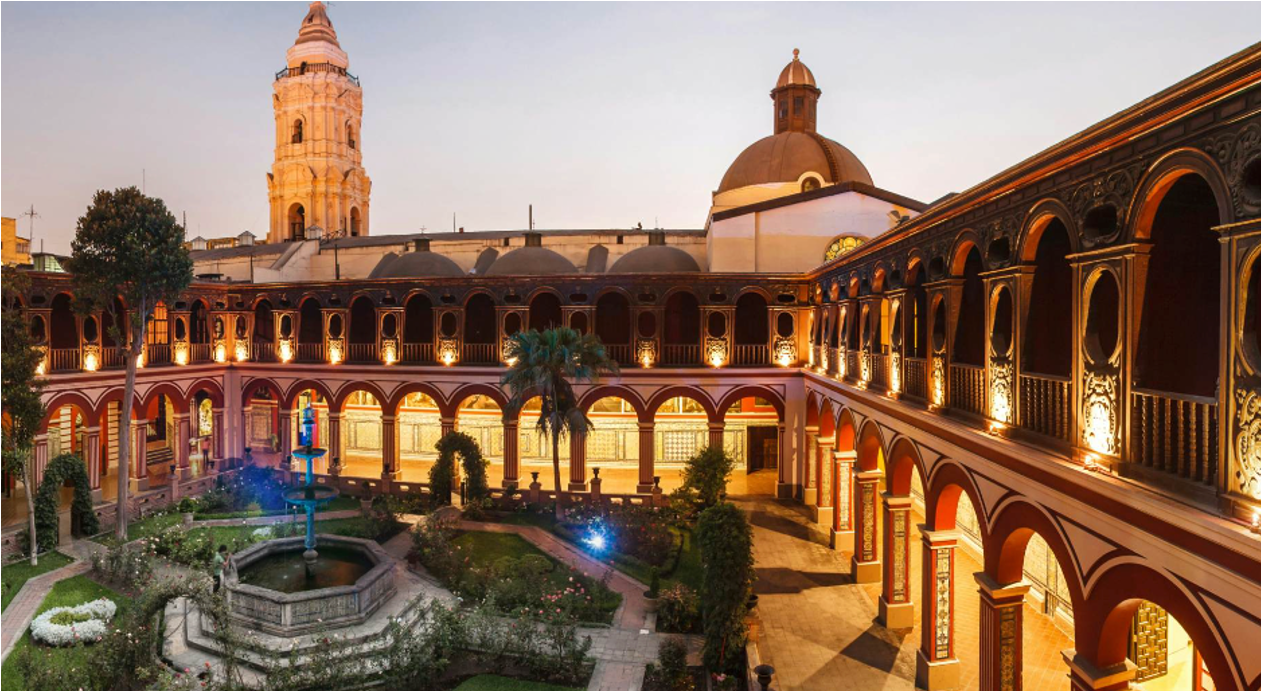
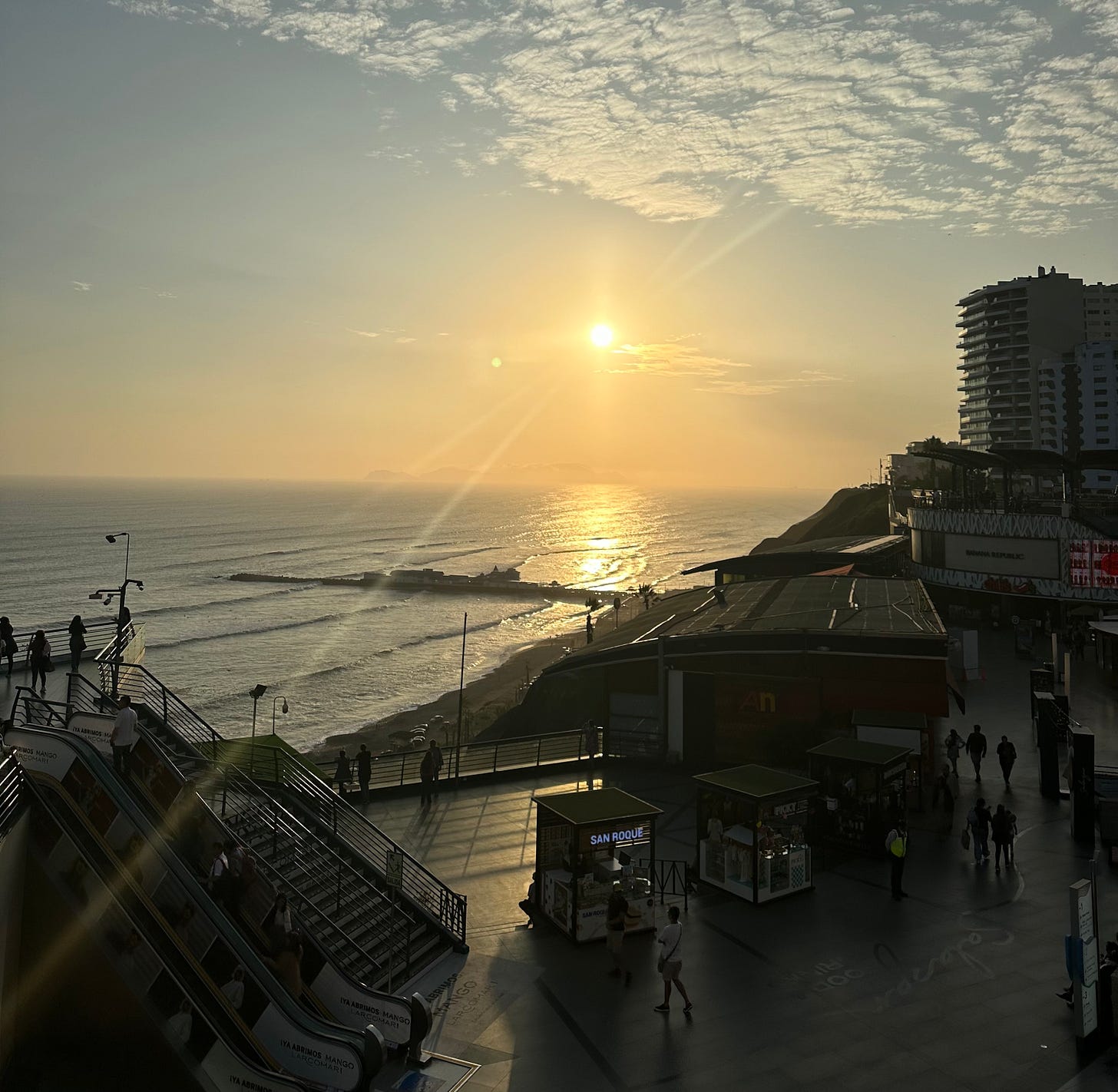
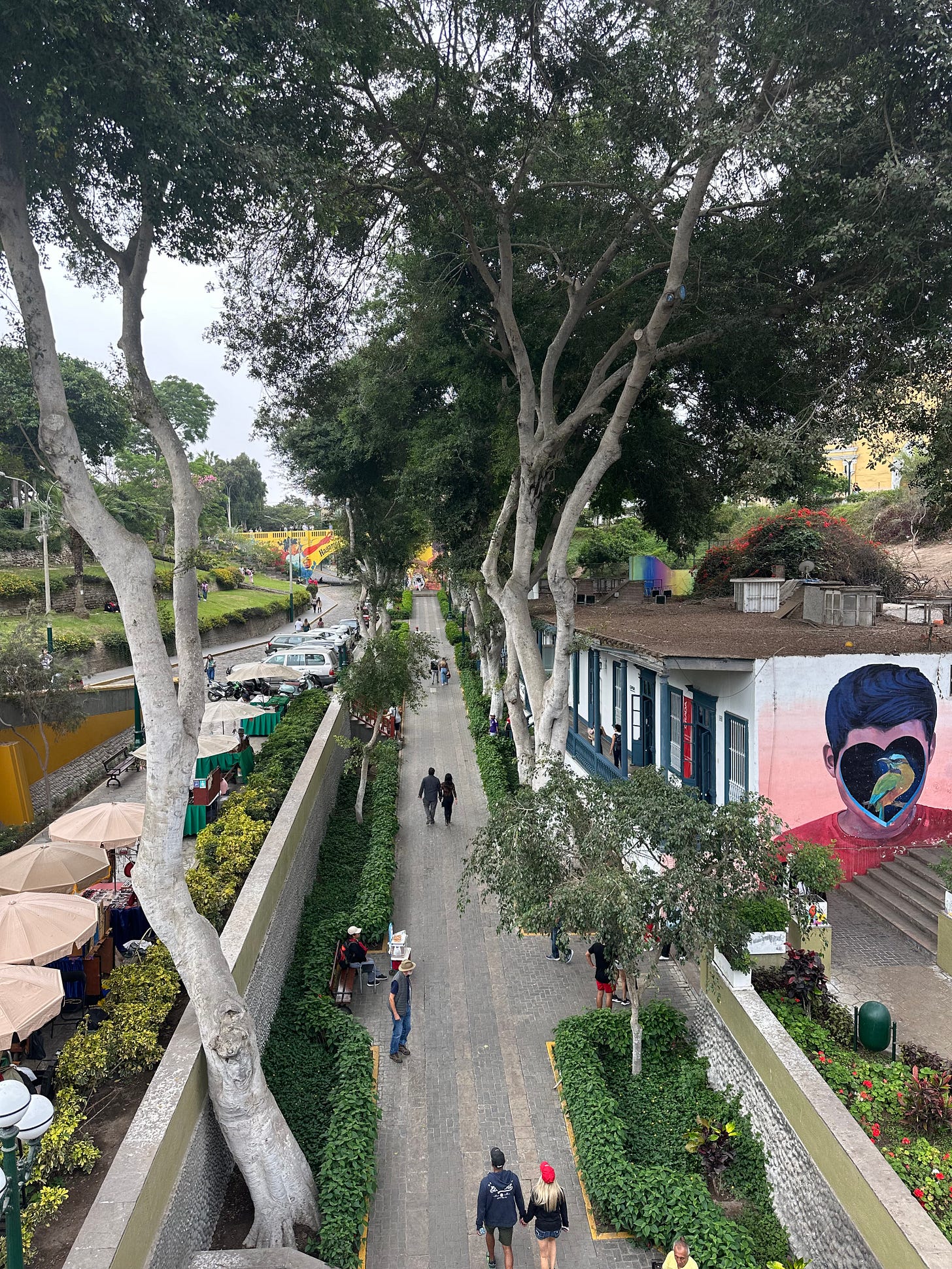

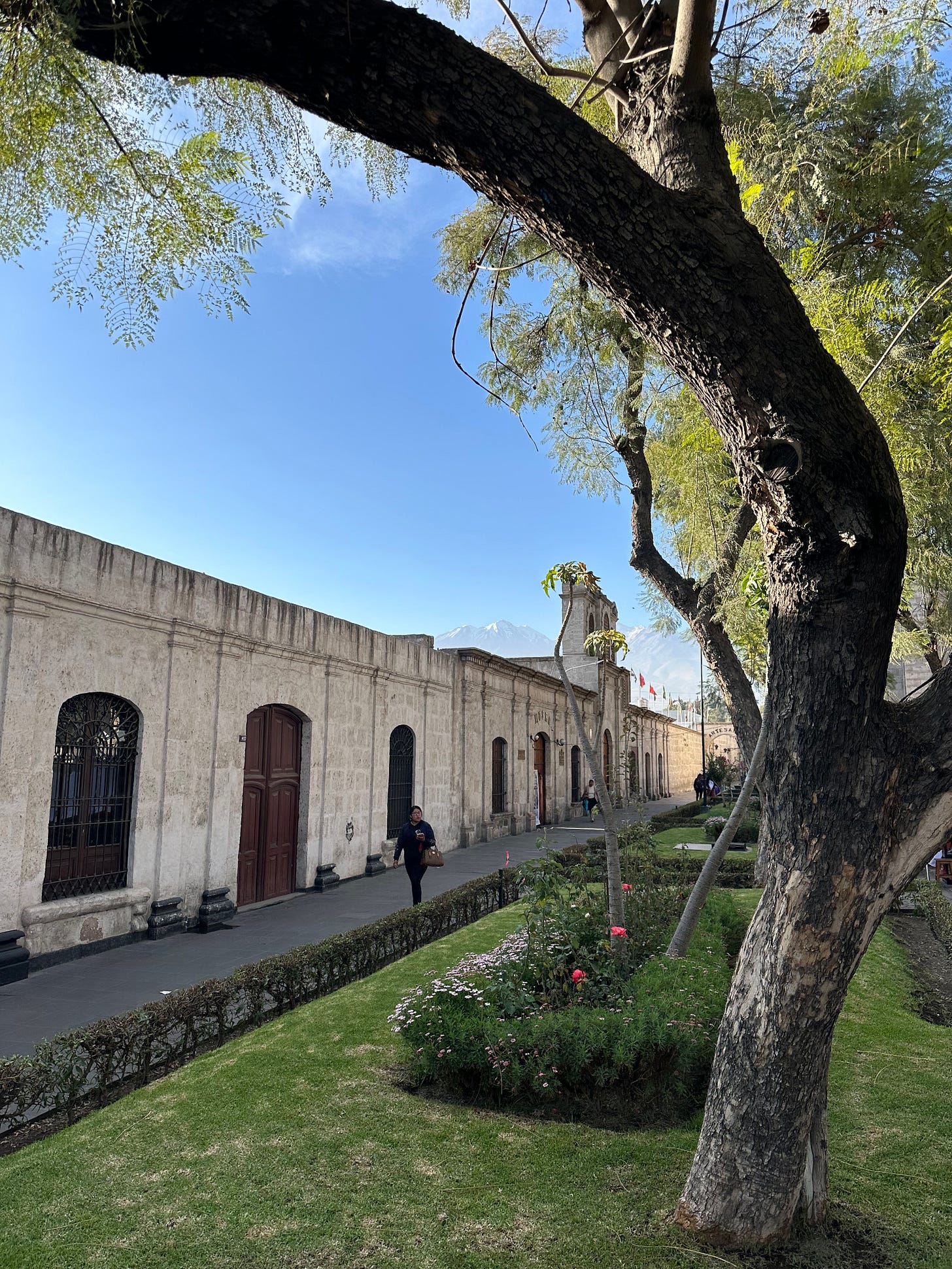
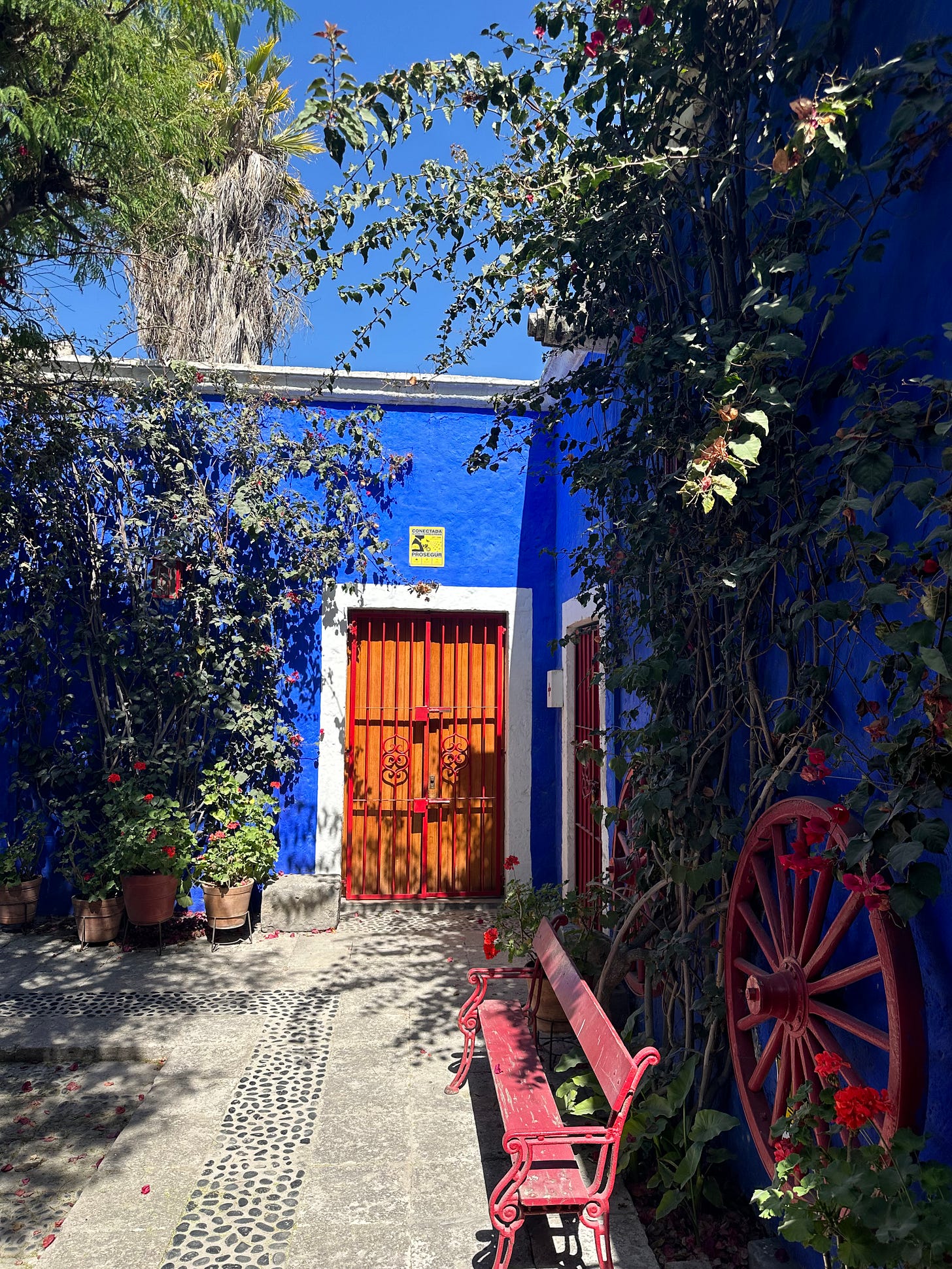
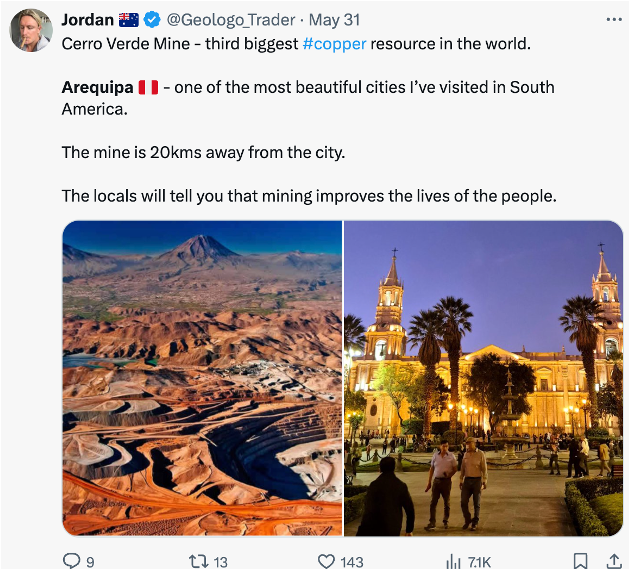
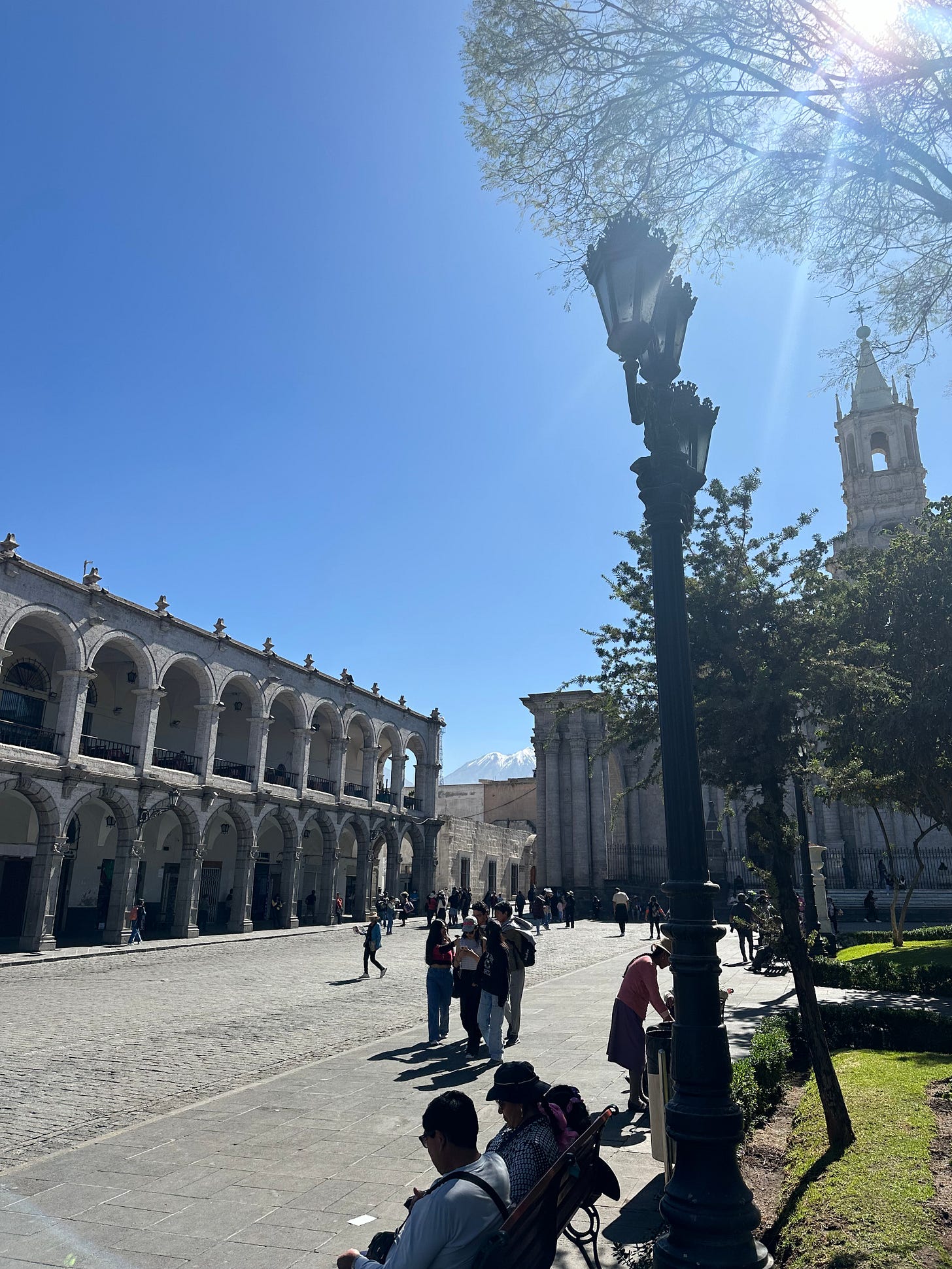
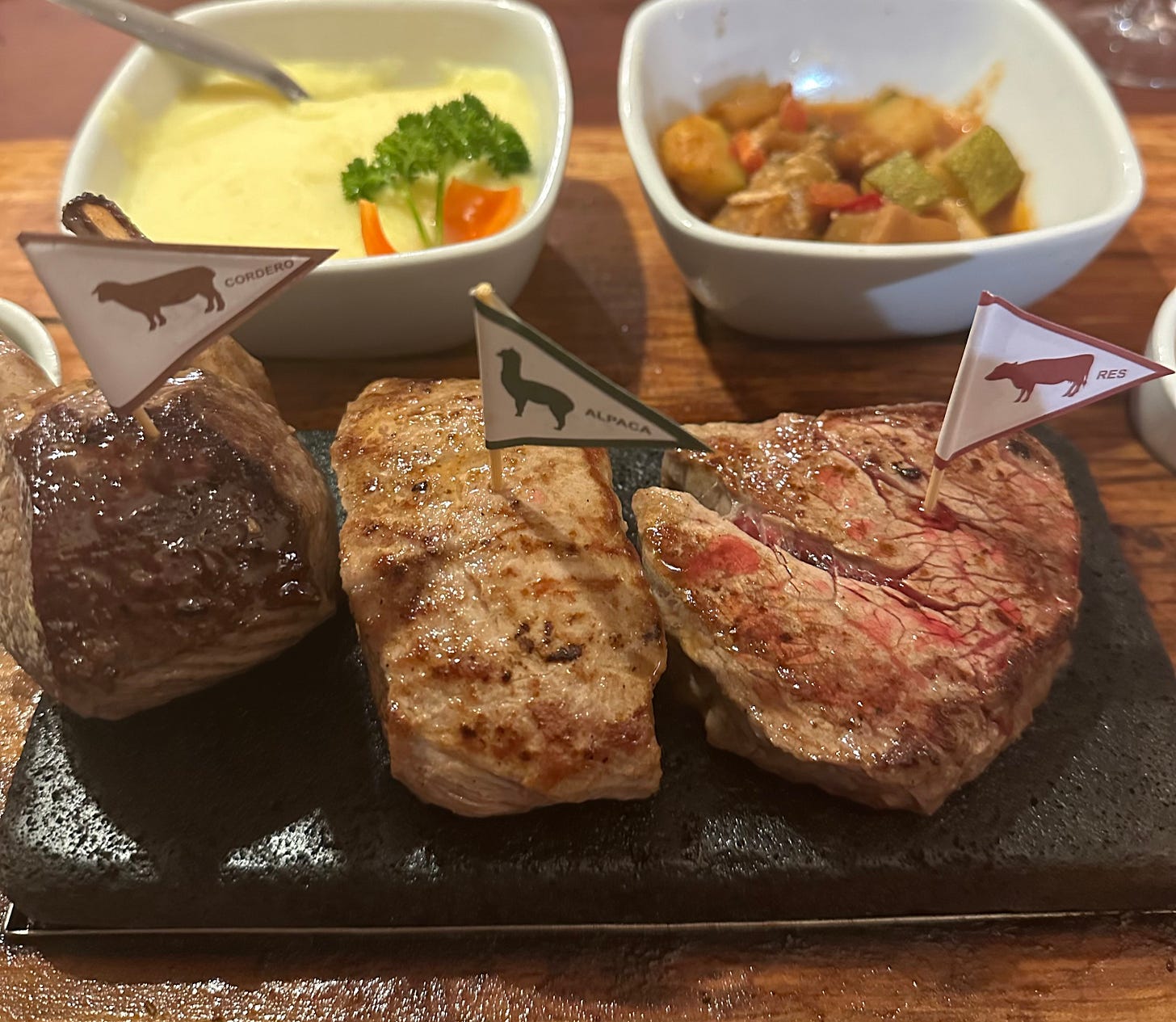
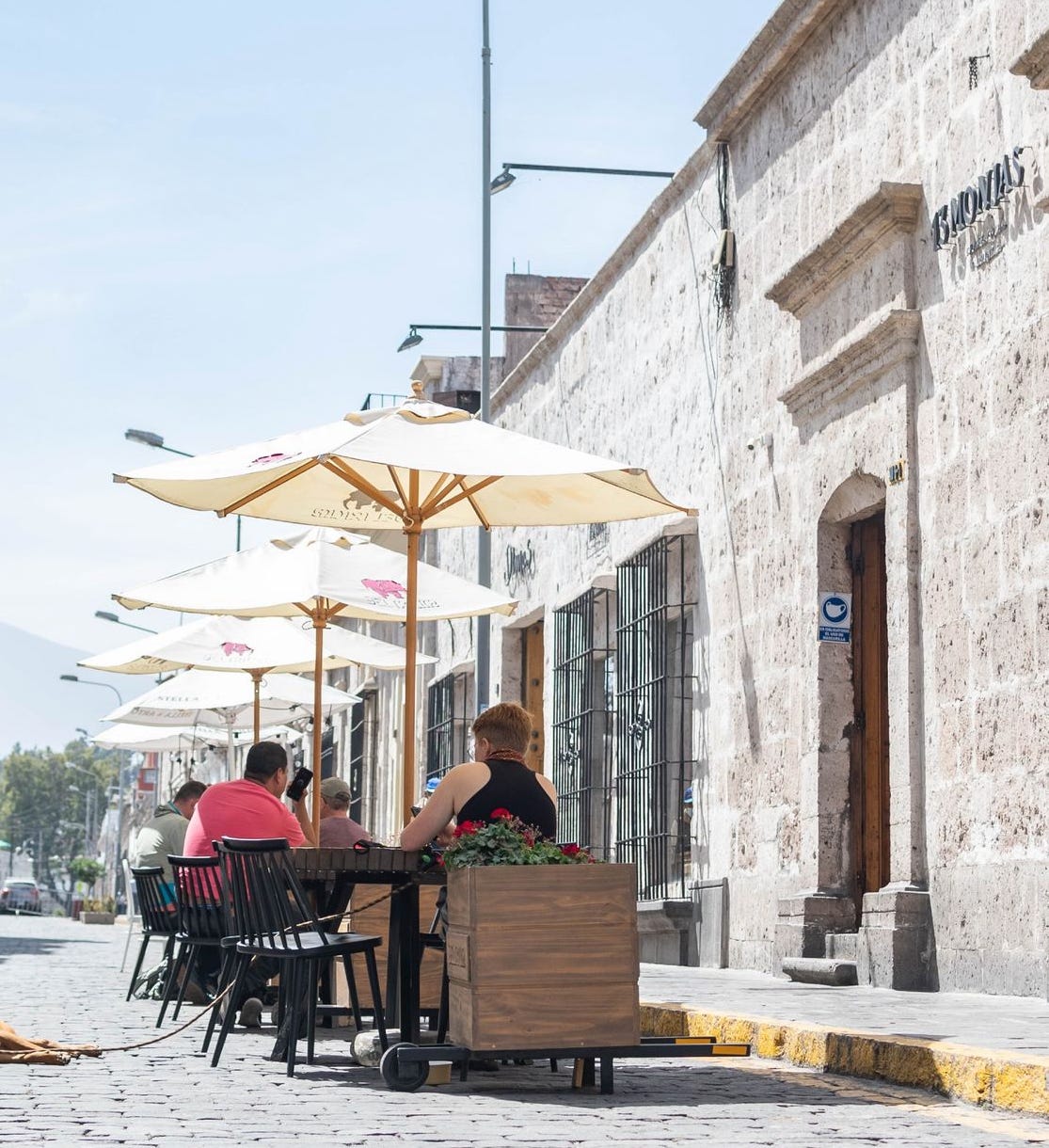
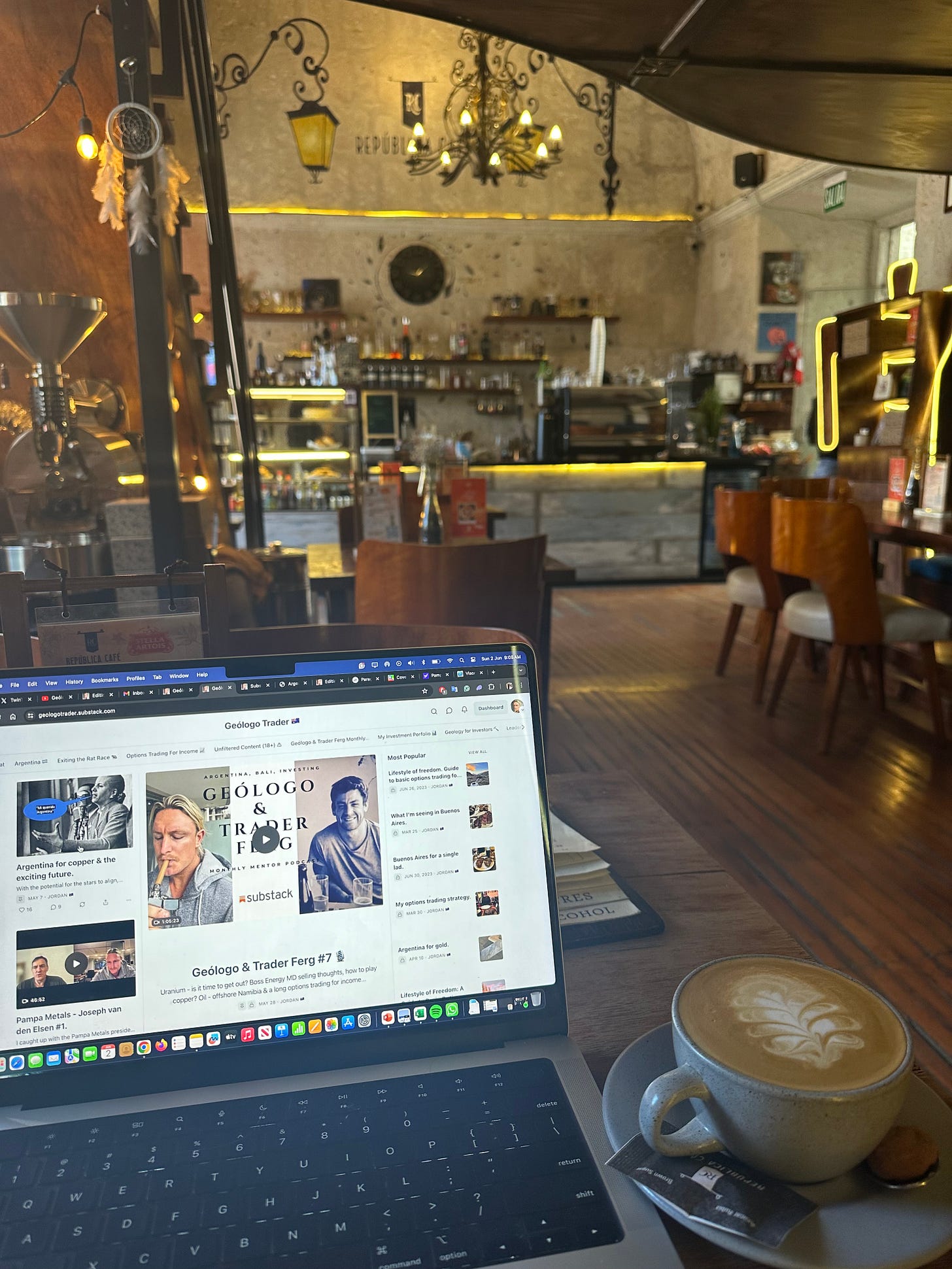
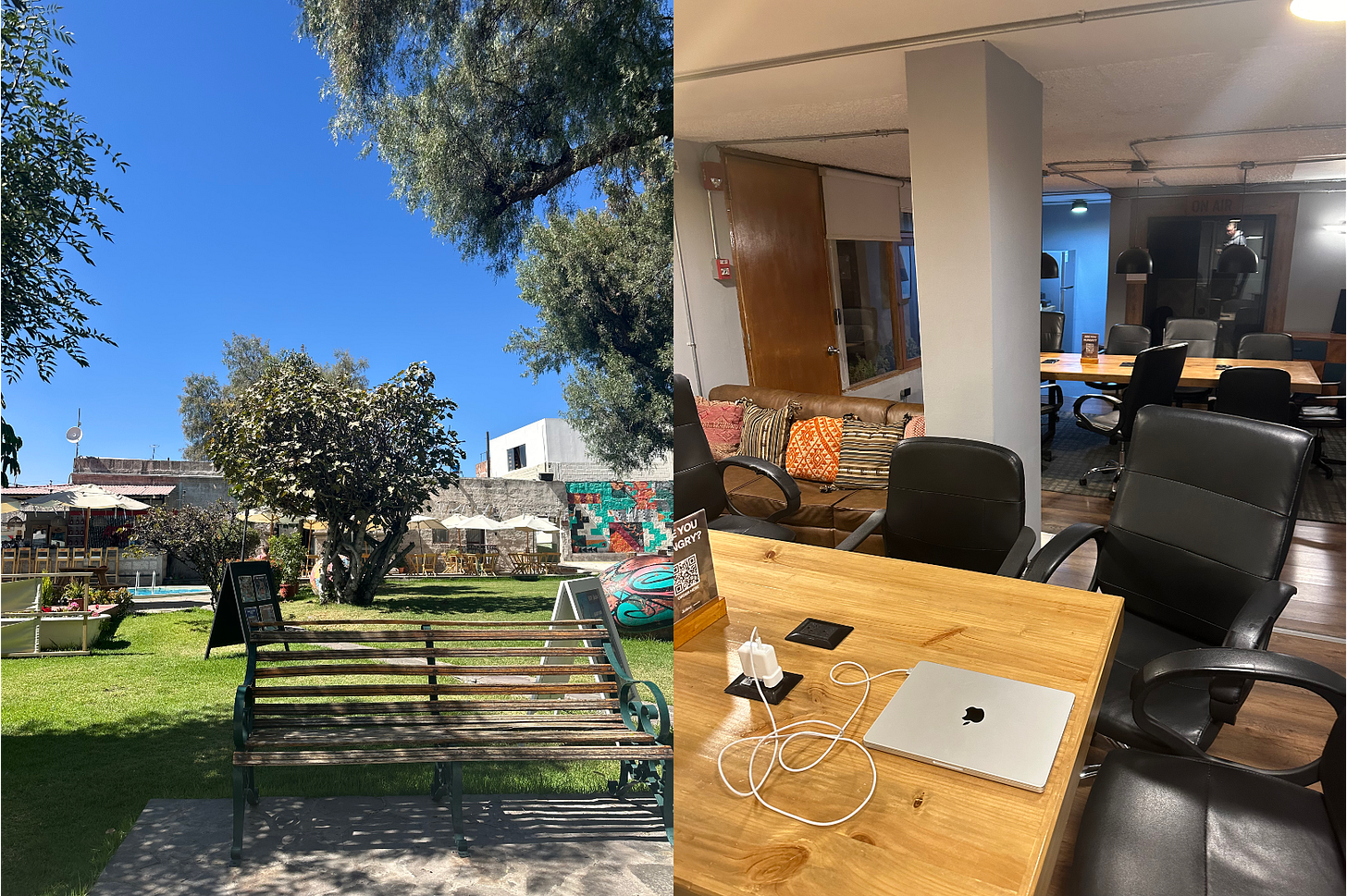
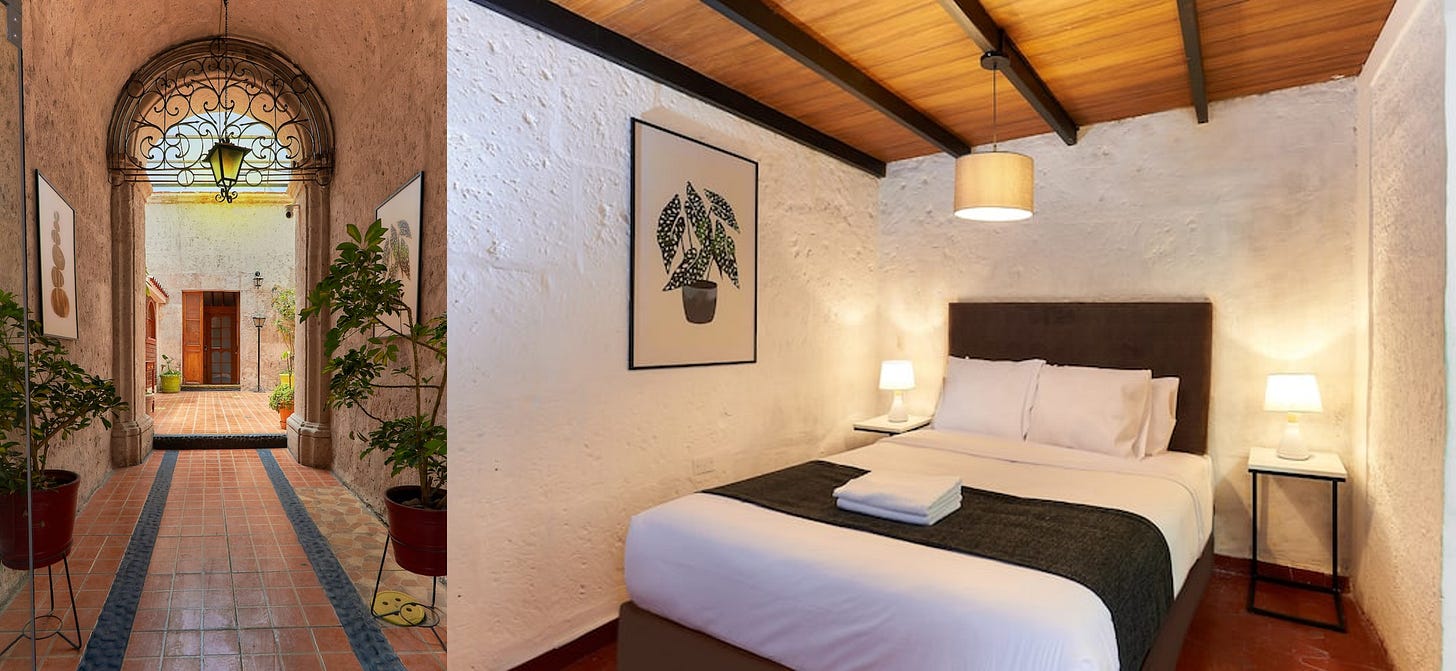
Looks very interesting mate, thanks for the impressions!
Great writeup, as usual. I didn’t know much about Arequipa previously, but it sounds way more my style than Lima. Might be worth a visit/stay at some point.